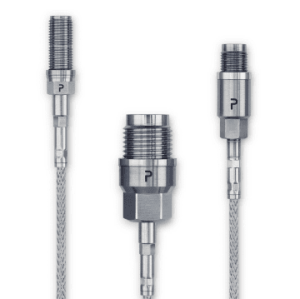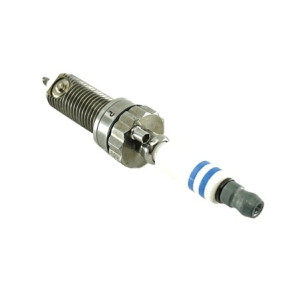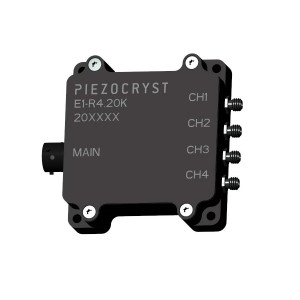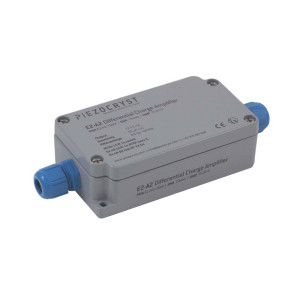Piezoelectric Pressure Sensors
Piezoelectric Pressure Transducer for Ultra High Temperatures
Piezoelectric Pressure Sensor for Very High Temperatures

Piezoelectric pressure sensor for R&D testing
Piezoelectric pressure transducer for ICE development
Miniature Piezoelectric pressure sensor for ICE development
Dynamic ballistic shock Piezoelectric Pressure Transducer

Piezoelectric combustion spark plug

Motorsport Charge Amplifier, 4 input channels

Compact inline charge amplifier

Compact Differential Charge Amplifier
Learn about piezoelectric pressure sensors, their working principles, applications, and advantages in various industrial environments.
Signal conditioning is the process of manipulating a signal in a way that prepares it for the next stage of processing. It is the manipulation of an analogue signal in such a way that it meets the requirements of the next stage for further processing. Most common use is in analogue to digital converters.
Most of the transducers (the sensors that convert physical measurement into electrical signal) produce the signal in the range of millivolts or milliamps. Such signals need to be amplified, filtered and isolated for precision measurement and control. The functions of signal conditioning include amplification, filter, electrical isolation, multiplexing, transmitting etc.
Signal conditioning is essential for several reasons:
The main functions of signal conditioning include:
Most sensors require some form of signal conditioning. Common examples include:
When selecting a signal conditioner, consider the following factors:
Active Signal Conditioning:
Passive Signal Conditioning:
Common challenges in signal conditioning include:
To test and troubleshoot signal conditioning systems: